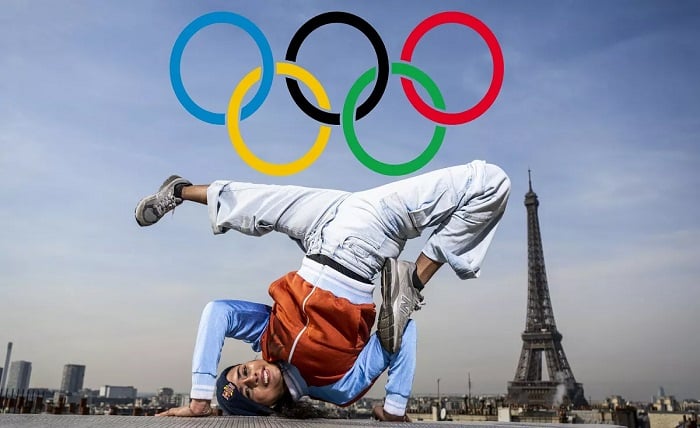How Was Breaking’s Debut at the 2024 Olympics?

Breaking was born in the Bronx and made an appearance at the Olympics in Paris for the very first time this year. Breaking spread in the 1970s and became immensely popular among young Black and Puerto Rican people.
In the 1980s, the appearance of breaking in Hollywood movies made it into a worldwide phenomenon. After breaking was successful in 2018 in Buenos Aires, it was added to the Olympic program for Paris 2024. The Gala opening took place in Place de la Concorde in front of huge crowds. Snoop Dogg made an appearance before the battle started.
Judging criteria
Sixteen men and 17 women competed in breaking in Paris. Nine judges scored the battles using five different criteria. Originality and diversity of movement are two of the most important ones. The judges judged each competitor relative to opponents in each category. This type of comparative scoring can be controversial. It is best understood as a battle between two dancers who take turns responding to one another’s moves. The judges graded the competitors in each battle on a sliding scale across five measures. The competitor deemed by the majority of judges to be the winner won the round.
Sports bettors living in U.S. states where sports betting is legal were able to place their bets on breaking. Those living in Pennsylvania could use a Pennsylvania sportsbook to place bets on potential winners. This won’t be the case at the following Olympics in Los Angeles as breaking won’t be included.
Viral moments
In the very first battle were Talash from Afghanistan and India from the Netherlands. Talash removed her top during the opening battle to reveal a blue cape. It had the words ‘Free Afghan women’ in white letters on the back. She didn’t make it through to the round-robin stage but had her moment.
Raygun, a 35-year-old university lecturer from Australia, made international headlines with her breaking routine. She became a global meme for wearing her Australian tracksuit instead of street attire and hopping like a kangaroo. Raygun’s zero score over six rounds against three opponents showed that the judges weren’t impressed. As the scoring system only shows the judges’ overall results, it doesn’t show individual categories where she may have won.
Rounds and winners
The competitors did not know what music they would have to dance to prior to a round which lasted for about one minute. They performed on a stage with DJs pumping out hip-hop classics.
In the women’s event, there was a pre-qualifier round with the winner advancing to the round-robin. The men’s event started with the round robin. Each battle in the round-robin consisted of two rounds. After each breaker faced three competitors in the group once, they were ranked by the number of rounds they won. The top two in each group went on to the quarter-finals.
B-girl Ami from Japan won the battle for the gold medal against Lithuania’s Nicka. Liu Qingyi from China won the bronze medal. Ami Yuasa finished the round-robin and went on to win without losing a single round.
Phil Wizard, Canada’s b-boy, won the gold beating France’s Danny Dan. B-boy Victor from the U.S. took the bronze.
Dropping breaking from the next Olympics
Breaking brought a breath of fresh air to the Olympics. Dropping breaking from the next Olympic games seems like a strange decision after its debut at these games with the stands full of spectators. The action is as thrilling and athletic as the performance of gymnasts. One of the B-girls said that you have to train like an athlete and dance like an artist. However, ‘love what you do’ is the mantra of breakers who see it as an expressive and exuberant art form. At least the athletes had a chance to show some of the world the exhilaration of breaking and what it’s all about.
Read More: Mega Famous 10000 followers




